OPEN ASSEMBLY
Experiments in Aesthetics and Politics

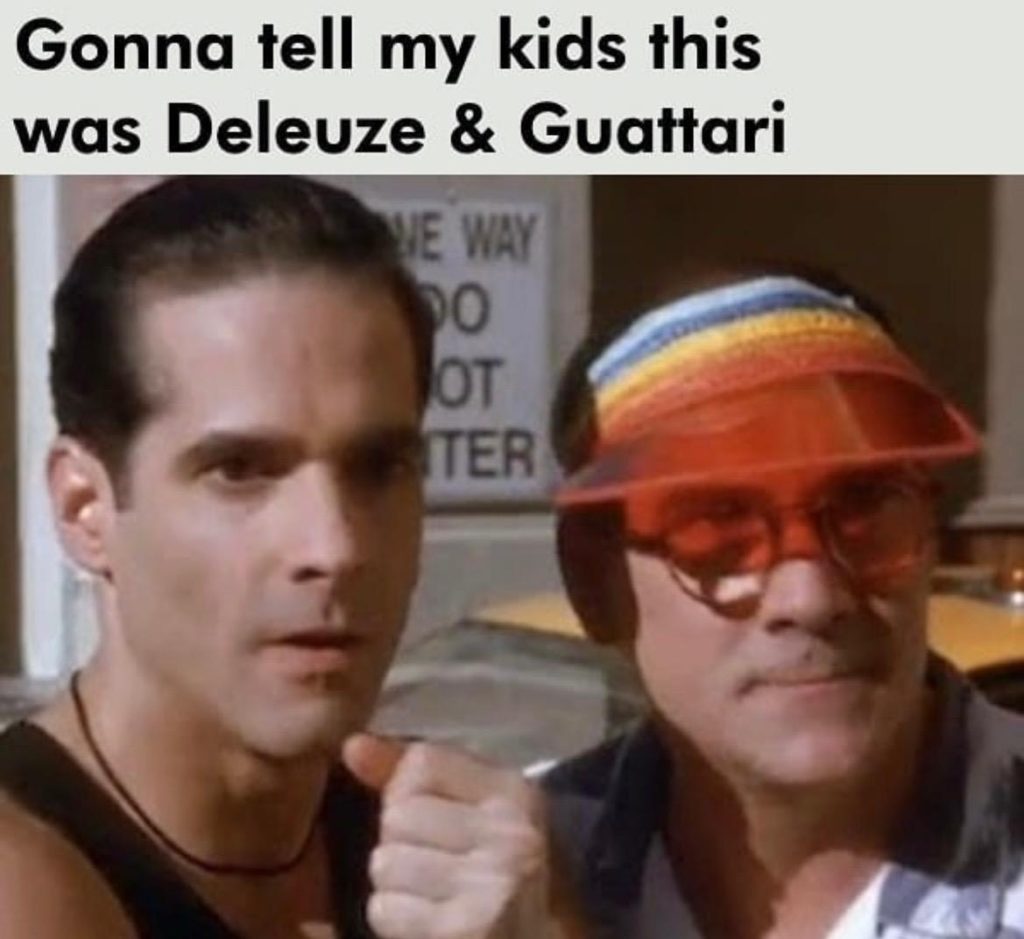

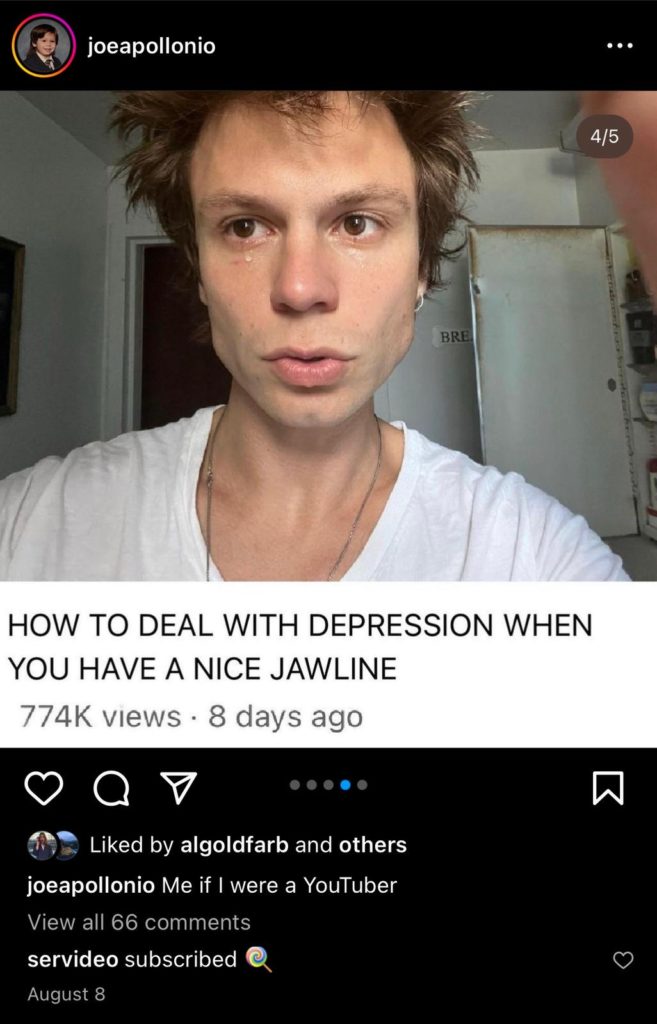

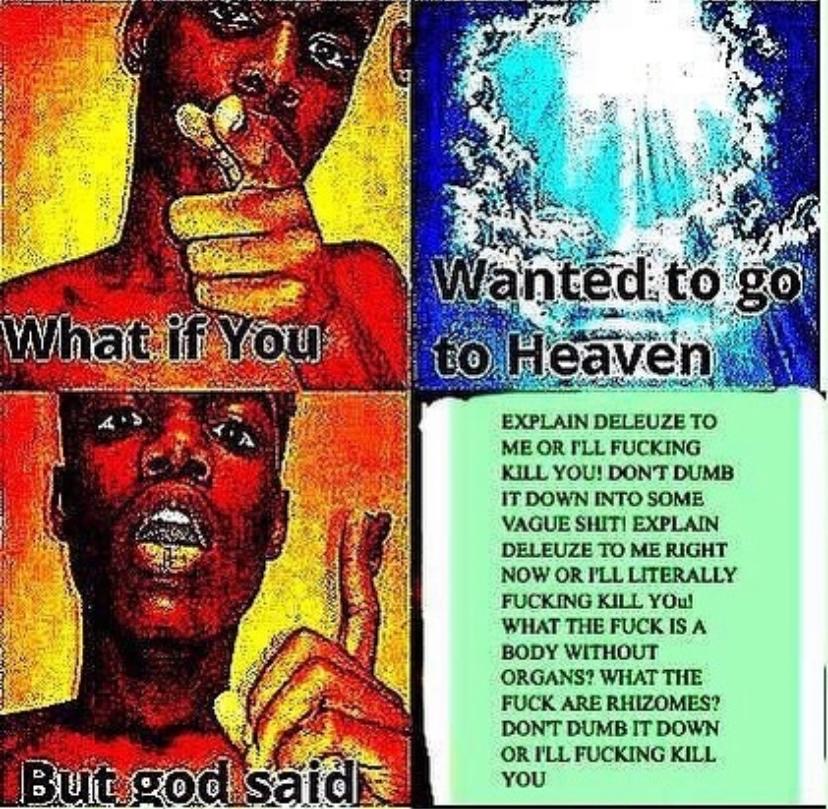

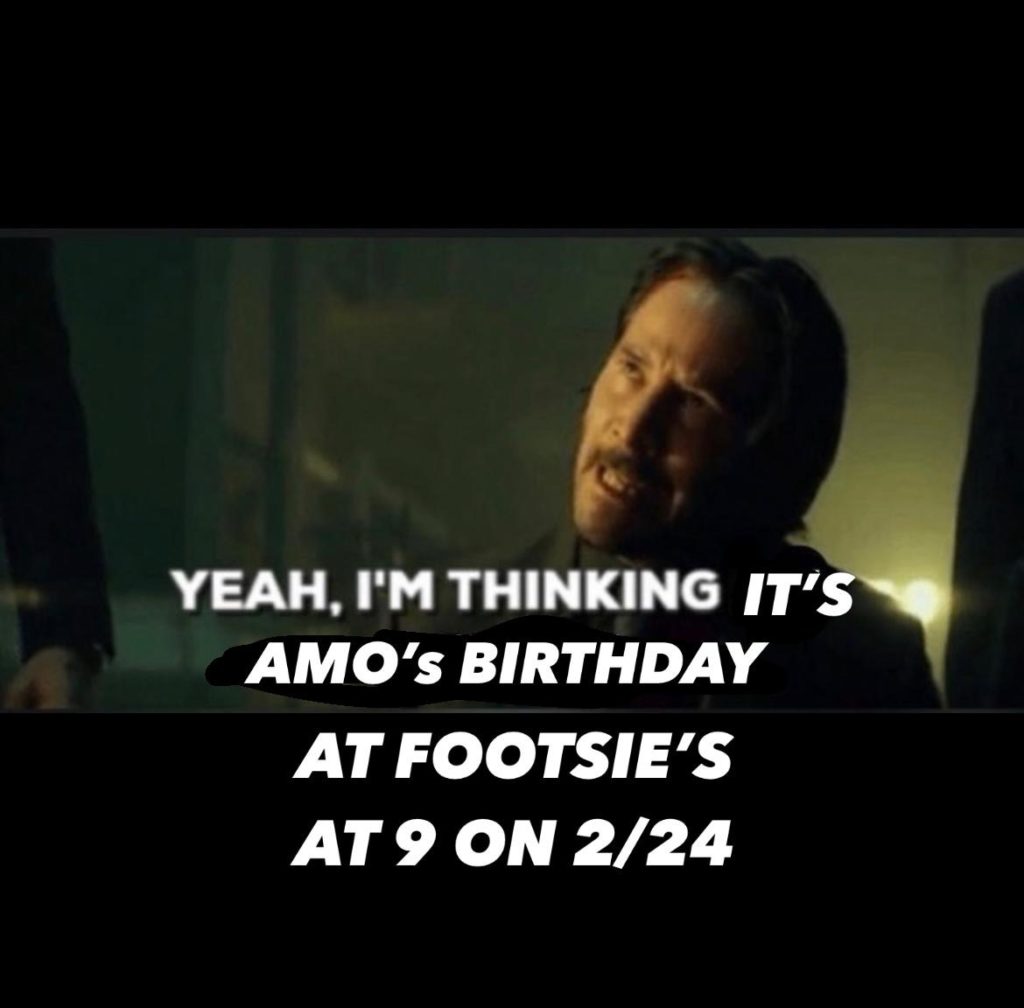

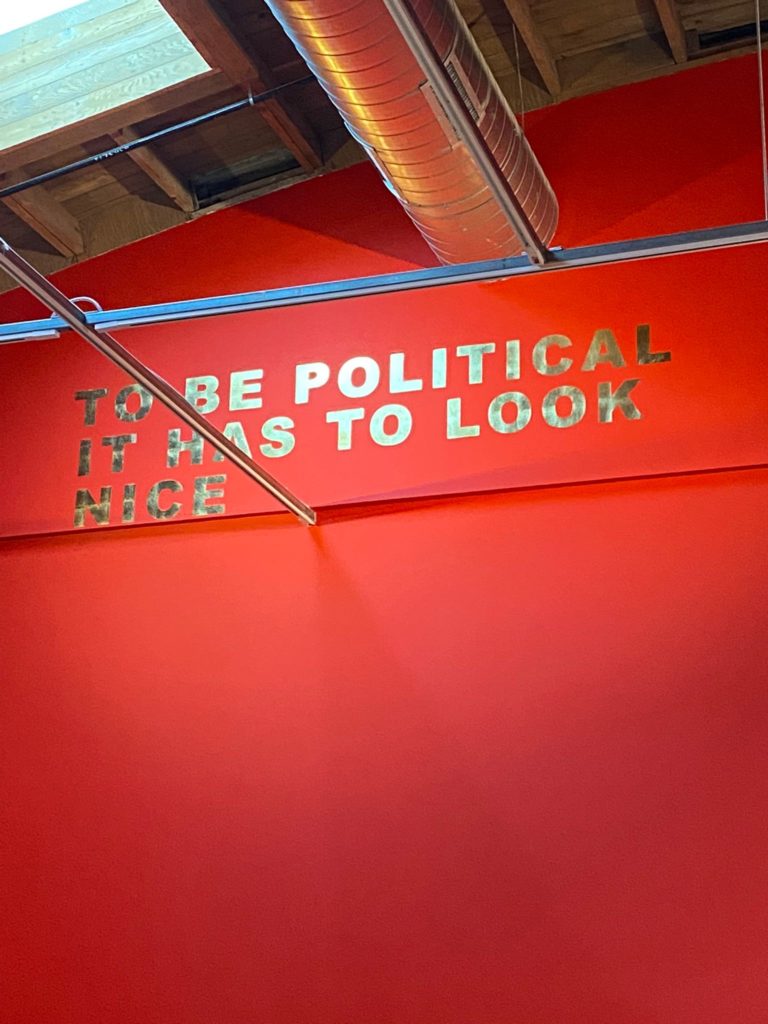

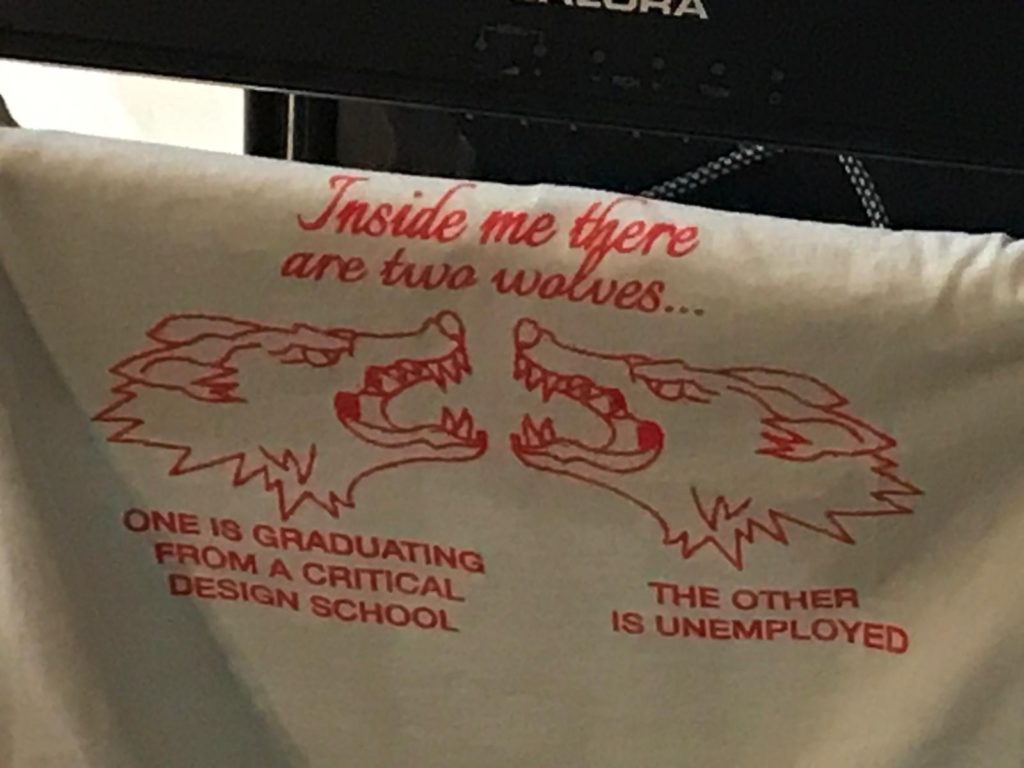
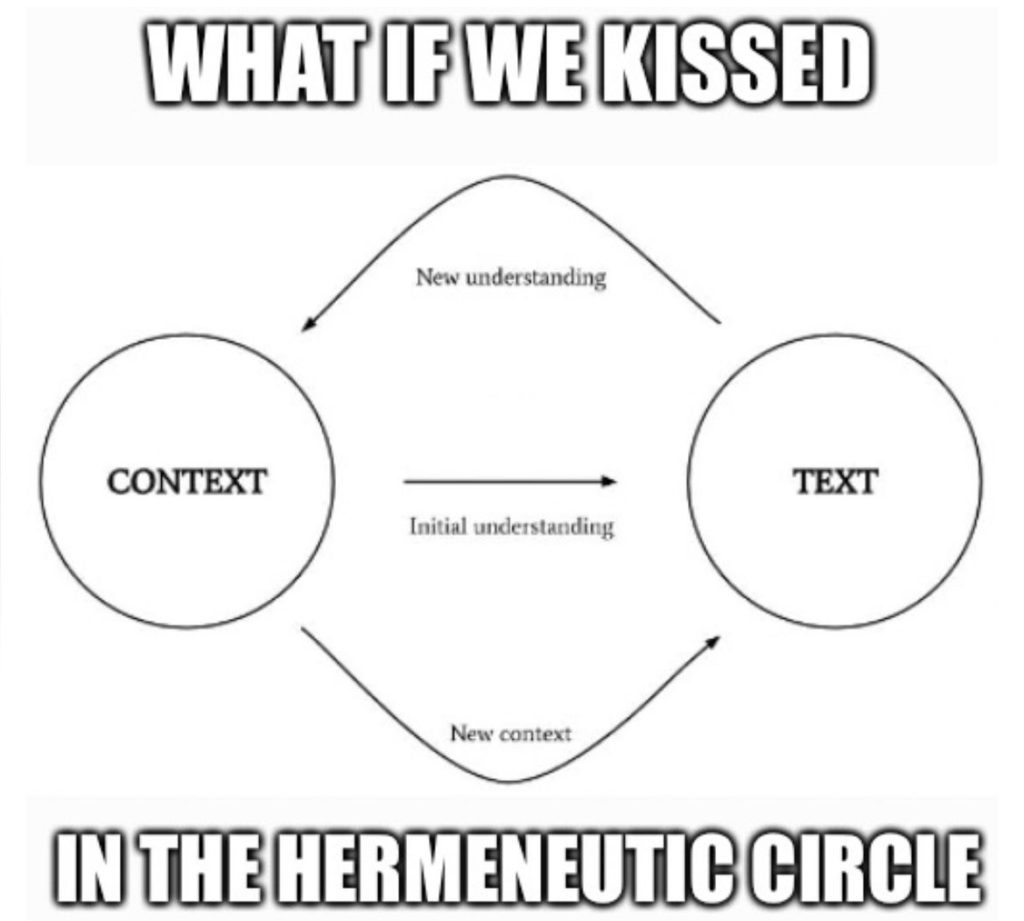

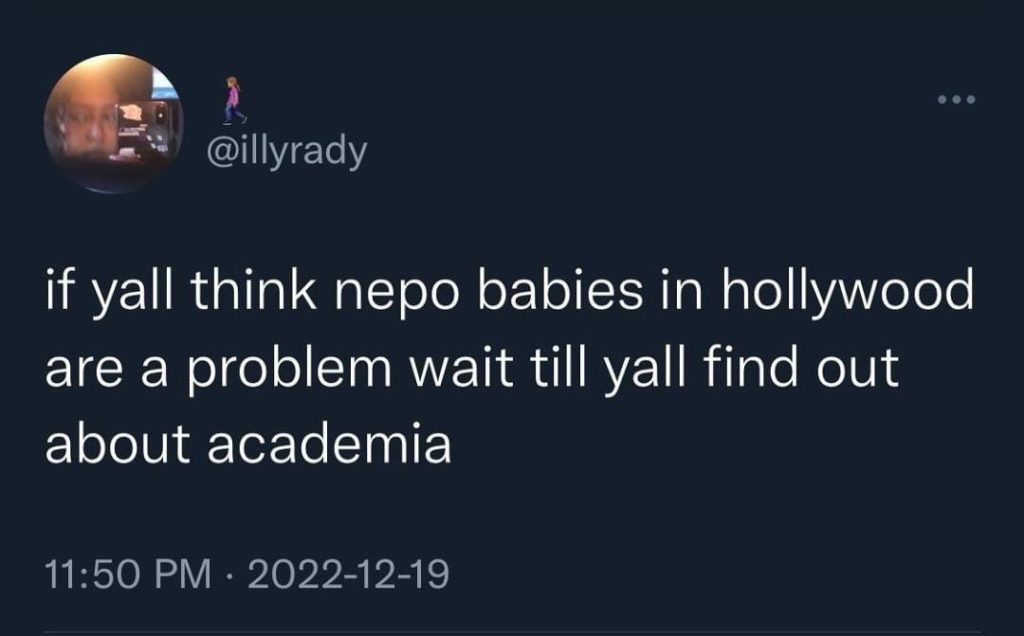
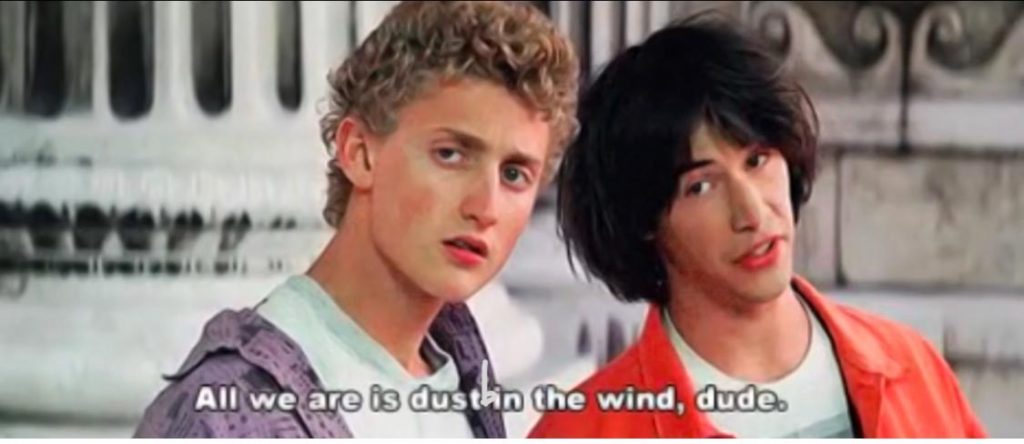



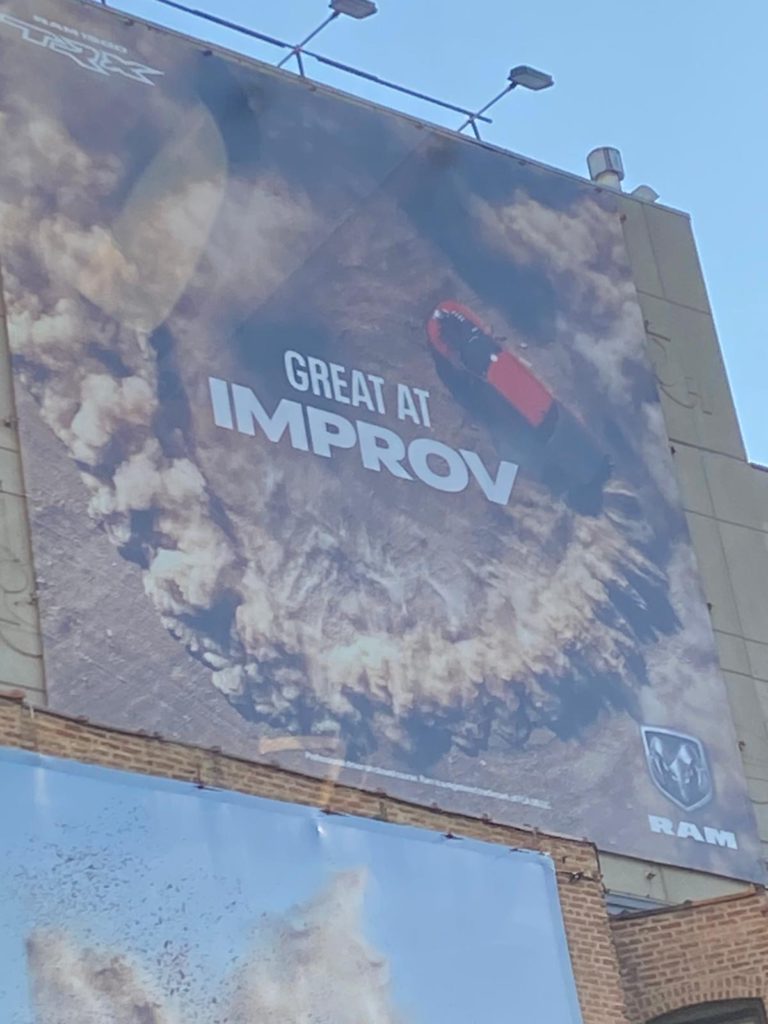
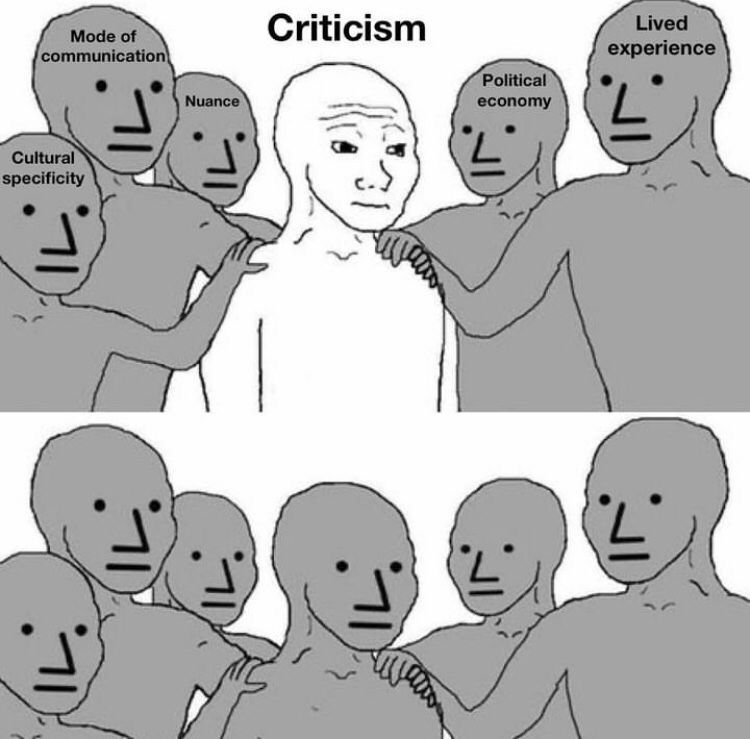
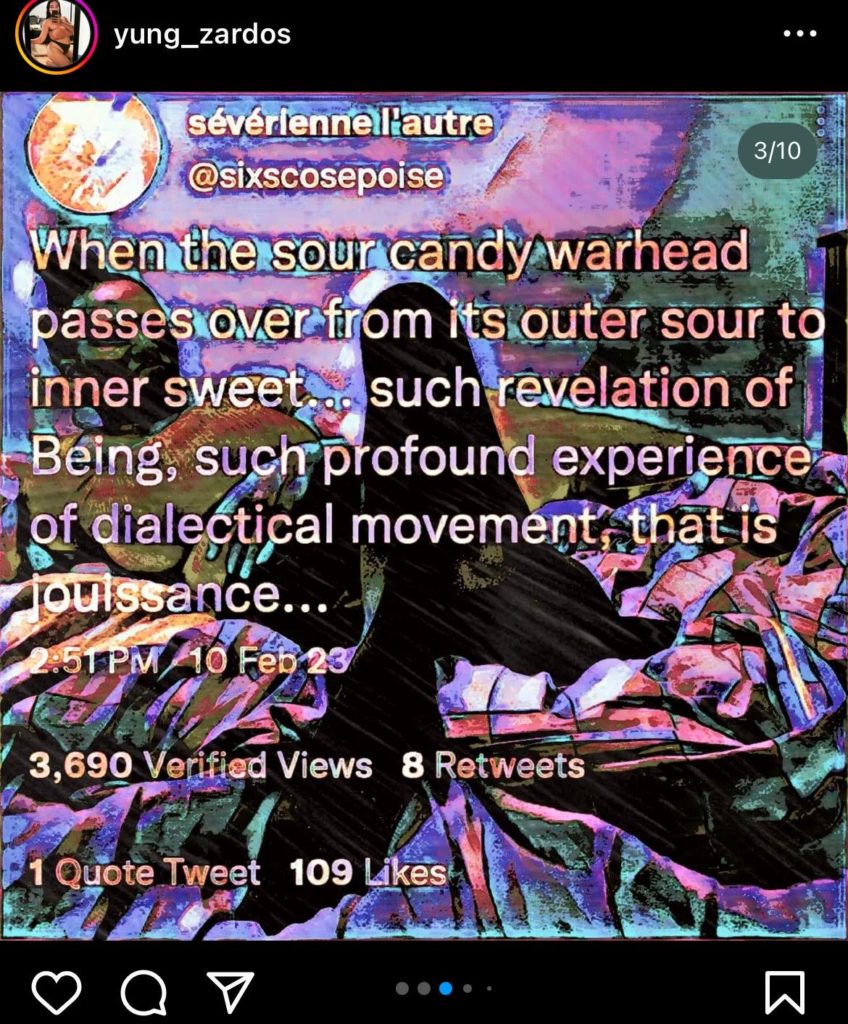
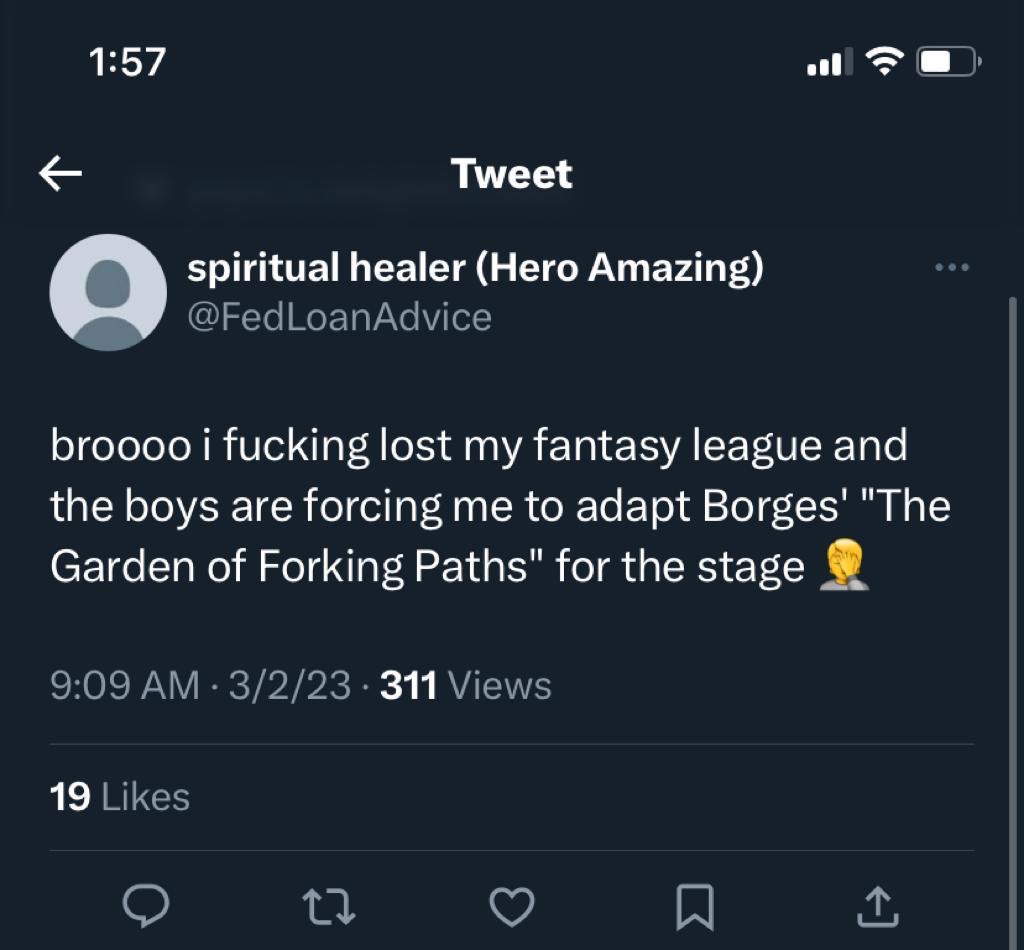
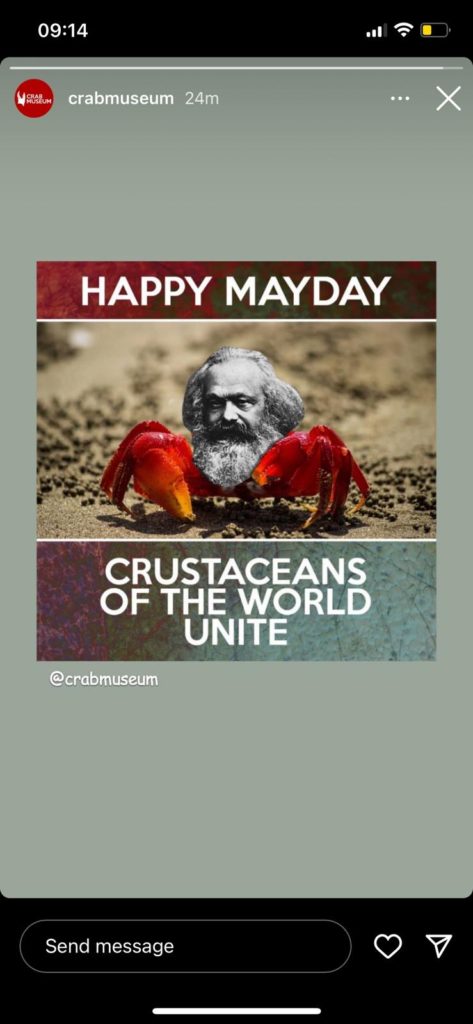
[ pending ]
[ pending ]
[ pending ]
[ pending ]
[ pending ]
[ pending ]
[ pending ]
[ pending ]
[ pending ]
[ pending ]
[ pending ]
On April 12th, 2018, Jack Bratich, an Associate Professor in the Journalism and Media Studies Department at Rutgers University, delivered a public lecture at the West Hollywood Public Library as part of the WHAP series provided by the Aesthetics & Politics department at California Institute of the Arts. The public lecture was entitled “The Aesthetics of Decline: Necro-Populism, Downsurgency, and Wars of Restoration.”
We were lucky to access a previous version of this talk before it took place. In the article version of this talk that we received beforehand, Bratich drew an arc that began in fake news and ended in the aesthetics of the alt-right. Most of this post was written before the talk, and in it, I intended to find an Argentinian correlation to the movements Bratich was engaging. I found the Anti-Abortion movement was a good target of analysis with Bratich’s ideas. Outlining what I do in this post: first, I engage his ideas on the the right and the production of reality and, his etymological reading of the word reality and its links to sovereignty and realty. Second, I think through the relationship between his idea of the homi-suicidal state and the other countries that are affected by the US government, to which the US states become a homicidal State. I write about the relationship this has with the civil society in the latest, most powerful political movement that took place in Argentina, the feminist fight for legal, safe and free abortion. I read the aesthetics of the anti-abortion movements by using Bratich’s analysis of the alt-right, to argue that the Anti-abortion movement is a direct correspondent of the American alt-right. To conclude, I reiterate Bratich’s idea of the importance of an anti-fascist insurgency and how it relates to the NiUnaMenos movement.
The arc drawn by Bratich in his text begins with the fake-news/post-truth context by tracing it back to the George W. Bush administration, specifically Karl Rove’s declarations of 2004. These declarations are so outrageous they seem to be taken from Adam McKay’s recent film version of Dick Cheney’s political actions, Vice:
We’re an empire now, and when we act, we create our own reality. And while you’re studying that reality—judiciously, as you will—we’ll act again, creating other new realities, which you can study too, and that’s how things will sort out. We’re history’s actors…and you, all of you, will be left to just study what we do.
For Bratich, this is the moment in which, by an act of speech, reality is no longer a realm for representation but a terrain of modification. Reality appears as a malleable material which can be shaped to the administration’s desires. Reality appears as a construction, as a playground, as something always to be, on the eyes of the administration. This quote that Bratich chooses seems to immediately go back to Donald Rumsfeld’s known knowns. For him, the facts cease to be important, and it is the self-enunciated knowledge of the facts, and what they can do with hem, what seems to be important.
Later on, Bratich continues:
Let us recall that “reality” “realty” and “royalty” are all linked etymologically. Territory, sovereignty, and the ontological plane are fused linguistically, but are subject to change(…)
I can see how, in the US context, the evidence of the relationship between sovereignty, territory, and ontology when the nation faces a crisis of representation, and that tracing back to the younger Bush administration is most useful, especially after Judith Butler’s essay on representation and the Guantanamo Bay Detention Camp, Indefinite Detention, in which she traces both Foucault’s concept of governmentality (which Bratich himself has worked with on previous writings) and Carl Schmitt’s definition of the sovereign as ‘he who decides on the state of exception and can suspend the law.’ Putting them all together: suspension of the law, as in the case of ignoring the Geneva Convention, is a way of modifying reality.
Though appreciated, Bratich’s analysis starts from inside the US political context with an analysis of the effects of how political crises produce reality for the US political system and concern about how its population comes to believe that reality. But I can’t help but wonder how the same issues are seen from outside that context, in other territories where the US administration reshapes reality in a much more violent way. Bratich brings into his analysis the idea of the homi-suicidal state. By quoting Deleuze and Guattari, he explains how, in a fascist context, a war mentality takes over the state so that it becomes, above all, self-destructive – suicidal. This suicidal aspect of the homi-suicidal state is taken on by the population and is sustained by movements like the alt-right. But what happens outside the boundaries of the US, where we get only the homicidal part of the homi-suicidal state, which then replicates into our own states into our own, second degree homi-suicidal states?
The fact that the US administration shapes reality as they please has been a known fact to everyone in Latin America for decades, who learned twentieth-century Latin American history without the non-right wing context usually taught in the US (at least most of us, who received a public, non-religious education, though also some of those privately educated, too). Just google Henry Kissinger. Our reality is always shaped and made by the US administration, and the information on that reality is also provided, to this day, by the US (there are new CIA files appearing every day that state what happened to particular guerrilla fighters in the 70s and 80s).
Furthermore, the ways in which civic society engaged in state terrorism is a form of fascism very similar to the one Bratich uses when he describes the aesthetics of the alt-right – the supposed defense of national morals, which are said to be in decay. That is the way of necro-populism. As Bratich says, not only does it cheer for the destruction of those considered enemies of the Nation (Nazion, as we call them), especially leftist youth, but also relish in their own annihilation: cheering on the economic debacle, selling off resources to US capital.
For defining the aesthetics of the alt-right, Bratich traces the etymology of the word popular from the Latin populor. He does this to return to the idea of the necro-popular, now with an emphasis on the violence that abolishes, removes, and destroys. He calls this a new populism tied to wars of restoration, which can be linked directly to Argentina’s version of this movement – that civic society who engaged in state terrorism in the ’70s and ’80s, giving the genocidal state its full support. Today, things are different, as history is repeating itself on a different technological era, and visibility has different rules. On the one hand, Argentina’s new right has been resuscitated by the renewed US intervention in our economy, but on the other, it also draws strength from the American alt-right and its aesthetics independently. Together, these make up the two-headed necro-populist monster.
The Argentinian government’s current economic measurements mirror those of the dictatorial governments that were in power during the Plan Condor, which was an explicit project to support a right-wing ideology. But Latin American far-right not only looks up to the US administration, but it also draws inspiration from the extreme nationalist groups that mobilize within the US. And just like in the US, its politics are highly aestheticized. In a lengthy article for Anfibia on one of Argentina’s far-right intellectual wannabes, Agustin Laje, he can be seen posing in many alt-right t-shirts.
As in the US, the Argentinian far-right actions are very extreme (although not as extreme as in the dictatorial years). The moment Macri’s right-wing government was elected, you could feel, see, and hear how thousands of right-wing citizens began to loudly pronounce their existence under the same “free speech” umbrella of the alt-right. They wanted revenge after years of the “tyranny of political correctness.” But in our case, the version of war over the state takes on the characteristics of civil war. People started to challenge the facts related to the last dictatorship by negating the number of people murdered by State Terrorism, among other things.
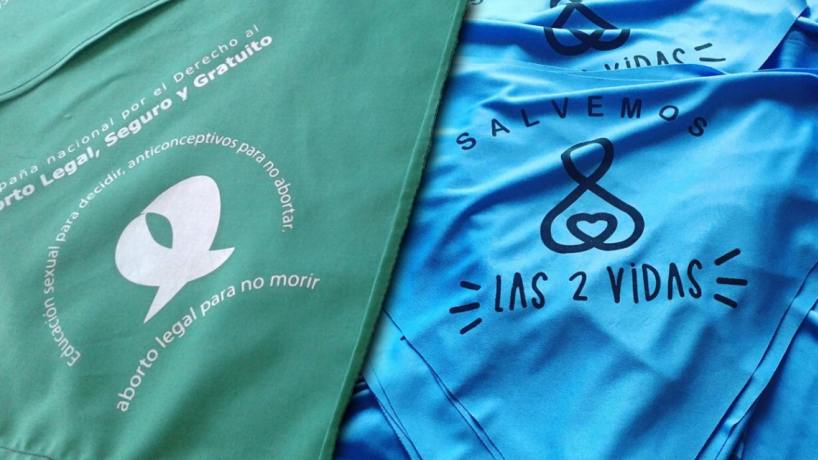
But one of the strongest and most bizarre elements of the Argentinian alt-right is the anti-abortion movement. Abortion has been illegal in the country, except in cases of rape or life-endangering situations for the pregnant person, since the 1920s. But there are those looking to change the law. In 2005, the National Campaign for Legal Abortion was created in the context of the National Women’s Encounter, a discussion group choosing to move location every year throughout the country since 1986. Signaling its growing support, last year, the bill for legalizing abortion was discussed in the Congress. But a war broke out between the two sides: the Legal, Safe and Free abortion campaign, and the Salvemos las dos vidas (Save the two lives) movements.
The Senate voted down the bill, but it will be presented again this year. In the interim, there was a surge in feminist activism, as people took to the streets several times to raise the issue of gender and economic violence. The mobilizations created a communal force that unified people of different political parties and groups, as well as individuals from different classes – known outside the country as the Ni Una Menos movement, but also exceeds it.
In reaction, the alt-right also grew. Empowered by the right-wing aura of the administration, there was loud opposition to the abortion bill as well as other feminist issues, such as gay marriage, gender identity laws, and Integral Sexual Education. Lumping these three things together with feminist movements, they denounce it all as “gender ideology.” And they mobilize against it in a similar way to how Bratich describes the alt-right: under the pretense of personal choice and individual freedom. As a further demonstration the importance of aesthetics to our current political moment, from this rivalry, a color code came was born. Light blue was taken on by Save the two lives and the anti-abortion movement and green by Sexual Education to Decide, Contraception not to Abort, Legal Abortion Not to Die and the abortion movement. From then on, from marching in the streets to going about everyday life, people began wearing their distinctive handkerchiefs – enabling people to make a political stand as well as recognize allies.
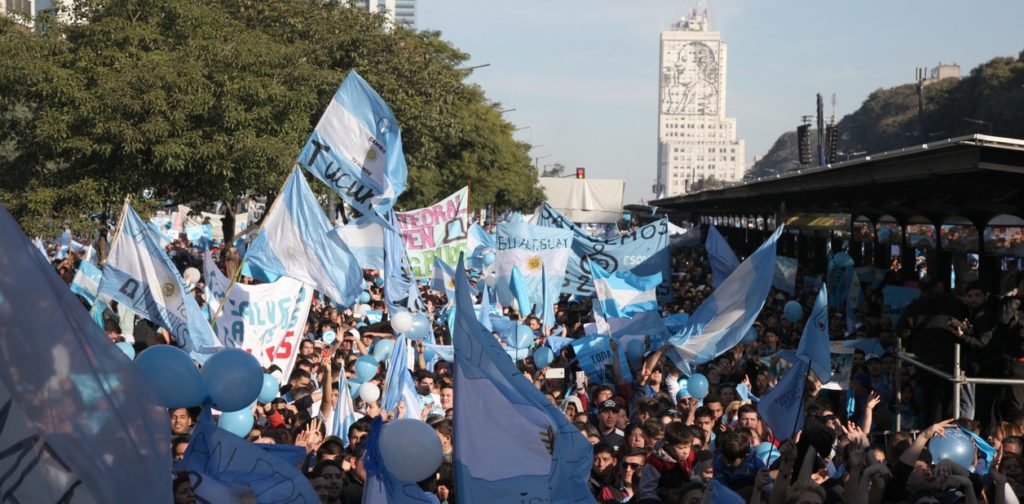
Anti-abortion demonstration – Child to be born day
How did the colors come to be? The anti-abortion movement holds a very straightforward nationalist aesthetic. Light-blue is one of the colors of our flag, itself a field of light blue and white emblazoned with a yellow sun in the center. The connection is clear because, in addition to their handkerchiefs and signs, Argentinian flags are quite common in their demonstrations. Moreover, their badges are made to look just like the national cockade, which is a light blue and white circle. Further adorning themselves, they often carry blue and white balloons as if taking part in the popular parade of a national holiday. Other symbols are clearly religious in nature. The signs they carry are usually filled with religious phrases, such as quotes from the current highest authority in the Catholic Church and head of the Vatican: Argentinian Jorge Mario Bergoglio. The Church also exercises its power by marching with the demonstrators, and officials of the Church are active every time a case of legal abortion (such as a raped child) gets press.
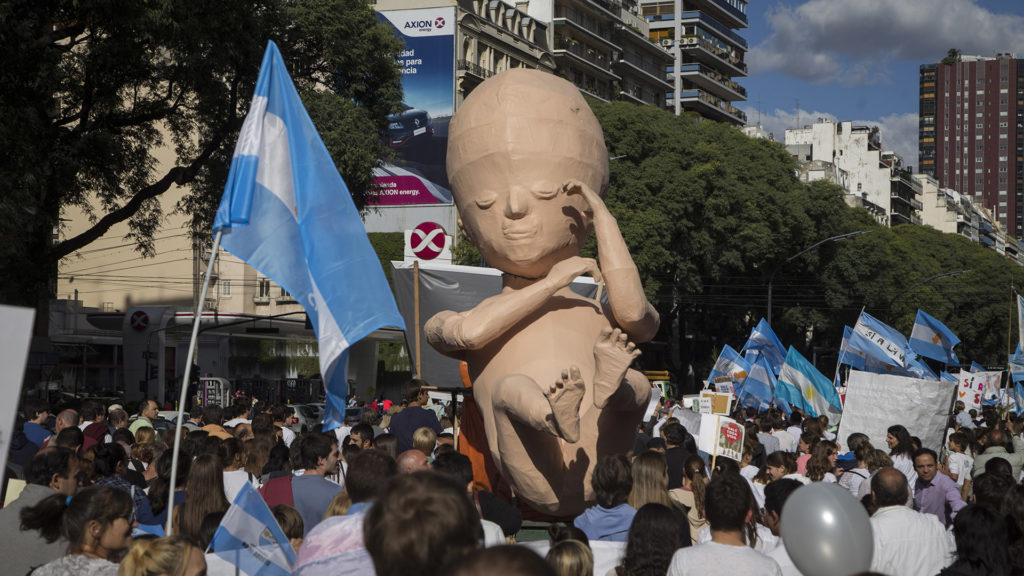
Anti-abortion demonstration – Child to be born day
A stranger aspects of the anti-abortion movement’s aesthetics is their use of the plastic baby. A few years before abortion laws were discussed by the legislature, a woman named Mariana Rodriguez Varela (also known as “la loca del bebito”: the little baby looney) appeared on YouTube promoting miniature plastic fetuses. Her idea was that everyone should get one of this babies and take them with them everywhere: put them in their bags, hang them in their balconies, in their cars, etc. in order to stop the pro-abortion movement. She was one of the spokespersons of the movement and was even gave testimony before Congress. The baby-loony aesthetics escalated quickly into a six meter (about 20 feet) fetus that was carried around in the anti-abortion demonstrations. On a day they called “the child to be born day,” they presented Alma, one of the giant plastic models meant to represent a 12-week old fetus. The idea was to “make the rights of the invisible bigger, in order for them to be seen,” as one of the movement’s spokespeople explained.
One could dispute the realism of the models. The proposed bill would limit the voluntary interruption of pregnancy to 14 weeks. And while the gigantic representation is supposedly a 12-week old fetus, it does not look much like one, rather, it has the features of a 23-week old fetus, which would not be legal to abort according to the bill. But such a distortion was precisely the point. As Bratich says of the US administration, the anti-abortion movement looks to produce a new reality, that abortion is no the termination of a fetus but an unborn child. The hypervisibility of this gigantic papier-mâché sculpture created a new reality as it built a common association between anti-abortion and the care for a child.
Luckily, the other side also has considerable strength. The pro-abortion movement is called “the green wave,” given the omnipresence of the handkerchiefs in the streets. They are also called “the revolution of the daughters”, in honor of the Madres and Abuelas of Plaza de Mayo, from whom the handkerchief as a political object originated. The aesthetics of this is very different from its opposition. At demonstrations, people also wear green glitter, green or purple lipstick (a color identified with the fight against patriarchy), and green clothes of all kinds. The climate is festive, with chants, dances, wine, and bonfires at which participants spend the night in front of Congress before important debates – usually lasting longer than 24 hours. Inside the chamber, many congresspeople wear green in their outfits and carry handkerchiefs if they support the abortion movement.
The pro/abortion movement, very closely linked to the NiUnaMenos movement, falls into what Bratich refers to as anti-fascist insurgencies. As Bratich concludes his piece, he says that,
antifascists insurgencies also invent forms-of-life—imagining and implementing ways of being that counter the necrotic fantasies. Community defense, collective security, communal forms-of-life: all that is life-affirming can produce war against the death-machines that would lay waste to reality as their final act of sovereign shaping.
This is precisely what those in green are doing. After the political necrosis that the resurgence of the right created in the Argentinian population, the abortion movement has united many forces with the will to retake the streets. The state has responded with violence (police and the military), but the feminist multitude, which is largely young people just out of high school or even younger, regaining the consciousness necessary to fight economic and gender precarity. Just like in Bratich’s analysis of the alt-right movement in the US, even if the anti-abortion movement has very strong ties to the production of reality by the right-wing State, the anti-fascist insurgency has all the elements necessary to put up a fight. In the Argentinian context, this is a fight for regaining the streets and popular power. In the US, things look very different. To regain the streets there is a lot of historical work to be done, as the streets have been lost for many, many decades. But to take on Bratich’s optimist final remarks, this production of reality by the right is not infallible, and it is certainly not indestructible. If not, look at these high school students listening to the positive vote for abortion in the lower chamber, in Buenos Aires:

Picture taken by the M.A.F.I.A photo collective on the moment when the lower chamber voted for abortion.